How to Extend the Life of Your Drainage System
Maintaining your drainage system isn’t just about avoiding blockages; it’s about protecting your property, saving…
Read more24 hr Emergency Callout

Blog
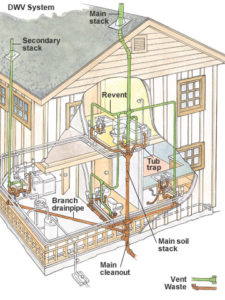
Understanding how your property’s drainage system works is important and can help you prevent any future problems from arising. Did you know that your property drains surface water to prevent flooding? There are two types of water that are drained from your property: foul water and surface water.
This is wastewater from your property that comes from the bathroom, kitchen, dishwasher, and washing machine. This water cannot be drained into your garden or natural watercourses without being treated first, otherwise it could cause environmental pollution.
Therefore, all foul water is drained from your home straight into the sewers where it is transported to a sewage treatment plant. Once here it is thoroughly treated before being released into natural water courses or back into our taps.
This is rainwater or melted snow that drains from your property’s roof, driveway, flooded pond, or garden into a drain or gullies. Travelling through the pipes, this surface water then enters into the public sewer or into your soakaway where it will slowly percolate back into the soil, nourishing your garden.
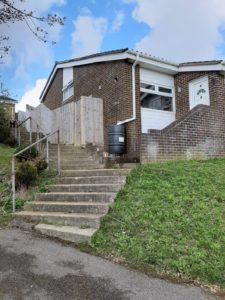
There are different types of surface water drainage solutions that apply to different things:
Domestic Property Drainage: this is the surface water drainage we will be talking about in this article. It is the surface water that drains from your home, whether into a soakaway or the public sewer.
Highway Drainage: when it rains or the weather is stormy, our roads would become flooded if it wasn’t for highway drainage pipes. This drains all surface water from roads and public footpaths into the sewer system to prevent flooding.
Commercial Drainage: this surface water drainage refers to any water that drains from commercial properties into a public sewer system.
The surface water from your property will drain to one of two places: a soakaway or the public sewer. While the majority of properties drain directly into the sewer system, there are many homes that have soakaways installed to help prevent waterlogged lawns and flooding.
A Soakaway is a pit filled with stones and gravel, covered with a plastic membrane. Typically situated 5-8 metres from your property, soakaways help drain rainwater from pipes by slowly dispersing water back into the soil.
Soakaways are a great solution for properties that cannot connect to the main sewer and they also effectively prevent flooding or waterlogging. Soakaways are discreetly installed under the ground so that you wouldn’t even realise they were there (unless you knew what you were looking for).
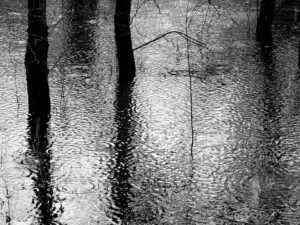
You may think that surface water drainage systems aren’t something you need to have for your home. Perhaps you live in an area where there isn’t very much rainfall or perhaps you think you can simply do without it. For most of is, this isn’t the case.
In the UK, we can experience a lot of rainfall throughout the year and if property’s do not have any surface water drainage in place, all of this water can cause some very costly damage. Many of us have seen the detrimental effects flooding can have on properties and landscapes. So, having the right surface water drainage solutions in place is extremely important.
One of the easiest ways to find out whether your property has surface water drainage or not is by checking your property’s Title Deeds. Alternatively, you can look at your original Planning Application. This information is commonly held by your local authority and will tell you everything you need to know about your property and its surface drainage solutions.

If you want to learn about the surface water drainage of your property, it’s important to spend time investigating for yourself. The easiest way to do this is to explore the exterior of your property, following the rainwater downpipes from the side of your house and seeing how far and where they go.
If you have a soakaway, you should be able to see a faint dip in your lawn that leads from your house to a slightly sunken area of your lawn. However, soakaways are installed discreetly so they can be hard to spot! If the surface water from your property drains into the public sewer, you should be able to find a manhole cover somewhere on your property’s exterior to prove this is the case.
If you can’t find where the surface water from your property drains to, or you simply don’t know what you’re looking for, pay a professional to assess your drains for you. At Coastal Drains, we carry out CCTV surveys for all our customers. These surveys allow us to professional map your drains, their structure, and where they are draining to, whether that be a soakaway or the sewer.
We know that one of the main problems with drains can be locating them in the first place. That’s why we are proud to support our customers with expert drain mapping services. Our CCTV surveys provide speedy drain analysis with minimal disruption, allowing you to find out more about your drainage system.
Whether the surface water from your property is flowing into the sewers or a soakaway, it’s important you maintain your drains effectively throughout the year. You can do this in a number of important ways:
As you know, we often write about how to prevent blocked drains on this blog. Having drains that are backed-up with debris can prevent effective draining, causing flooding and even landscape pollution. To avoid this, keep your drains clear by preventing blockages. Click here to find out how to prevent blockages and effectively maintain your drains.
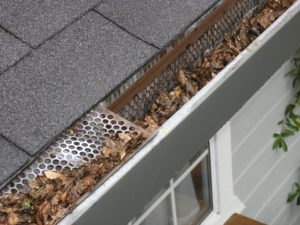
Regular maintenance is crucial for maintaining a healthy drainage system. You should ensure that your gutters and gullies are cleared of debris on a regular basis, particularly the rainwater pipes.
Cleaning your drains is particularly important after you have experienced stormy weather, as leaves, soil, and other debris can build-up in the pipes, causing blockages. Regularly cleaning your drains helps rainwater flow through smoothly.
You may not realise this, but there is a surface water sewerage charge from water companies for anyone using the public sewer. The reason for this is because the sewerage companies have to collect and treat all water in the sewer before it can be used again. It is estimated that the water companies responsible for removing and processing foul and surface water collect around £1 billion every year from customers to cover the cost of this service.
If the surface water from your property drains into a soakaway, and you can prove this, you could be entitled to exemption from future surface water charges. So, it may be that you need to claim a refund.
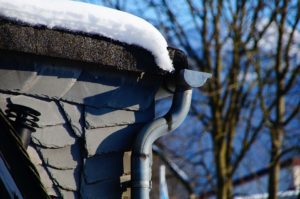
Most water companies do not know the exact drainage arrangements their customers have made for individual properties. As a result, you will need to apply for a rebate if you want to get any money back.
If you’re not sure what evidence you need to provide, don’t worry your water company provided will let you know. Once your application form has been received, the water company will check if you qualify and if you do:
If you want more information about claiming your surface water drainage rebate, click here. If you experience any complications with your drainage rebate application, you can contact the Consumer Council for Water for help and advice.
Hopefully this article has provided everything you need to know about surface water drainage, your property, and the best solutions. However, if you have any questions or you would like to find out more, please do not hesitate to get in touch. Our team at Coastal Drains would be more than happy to answer any questions you may have.
Do you need a drain survey? Click here to find out the cost!